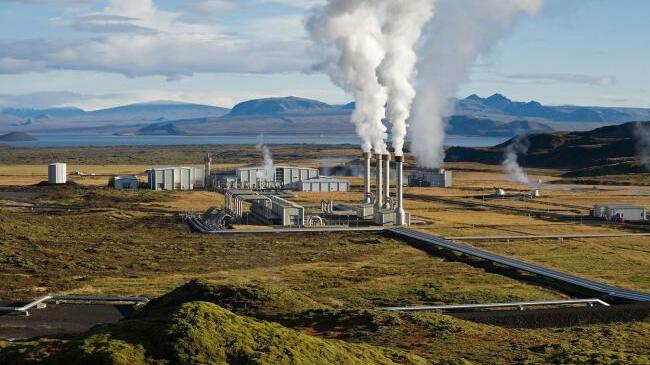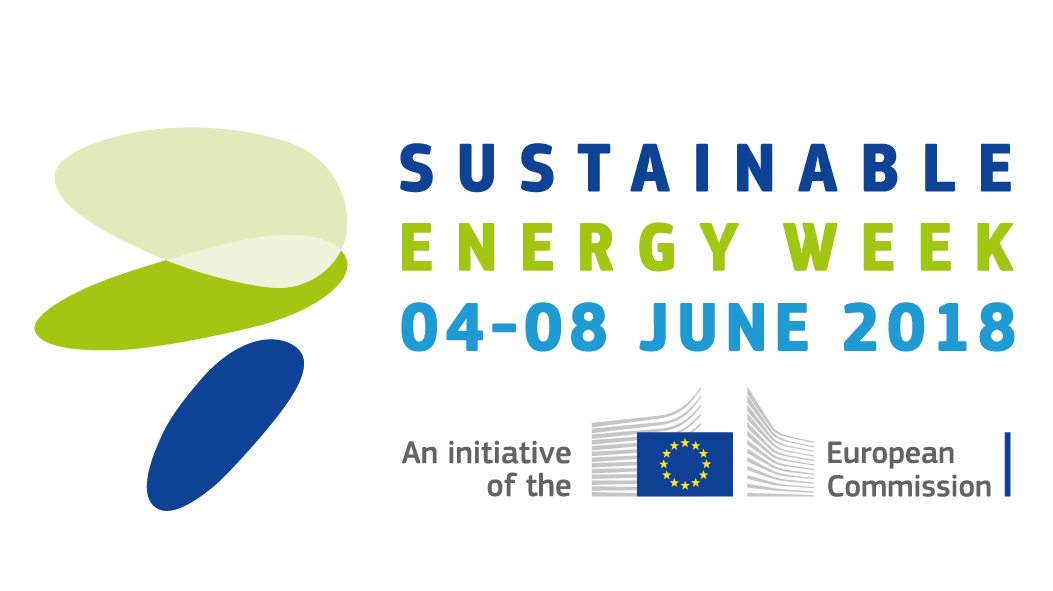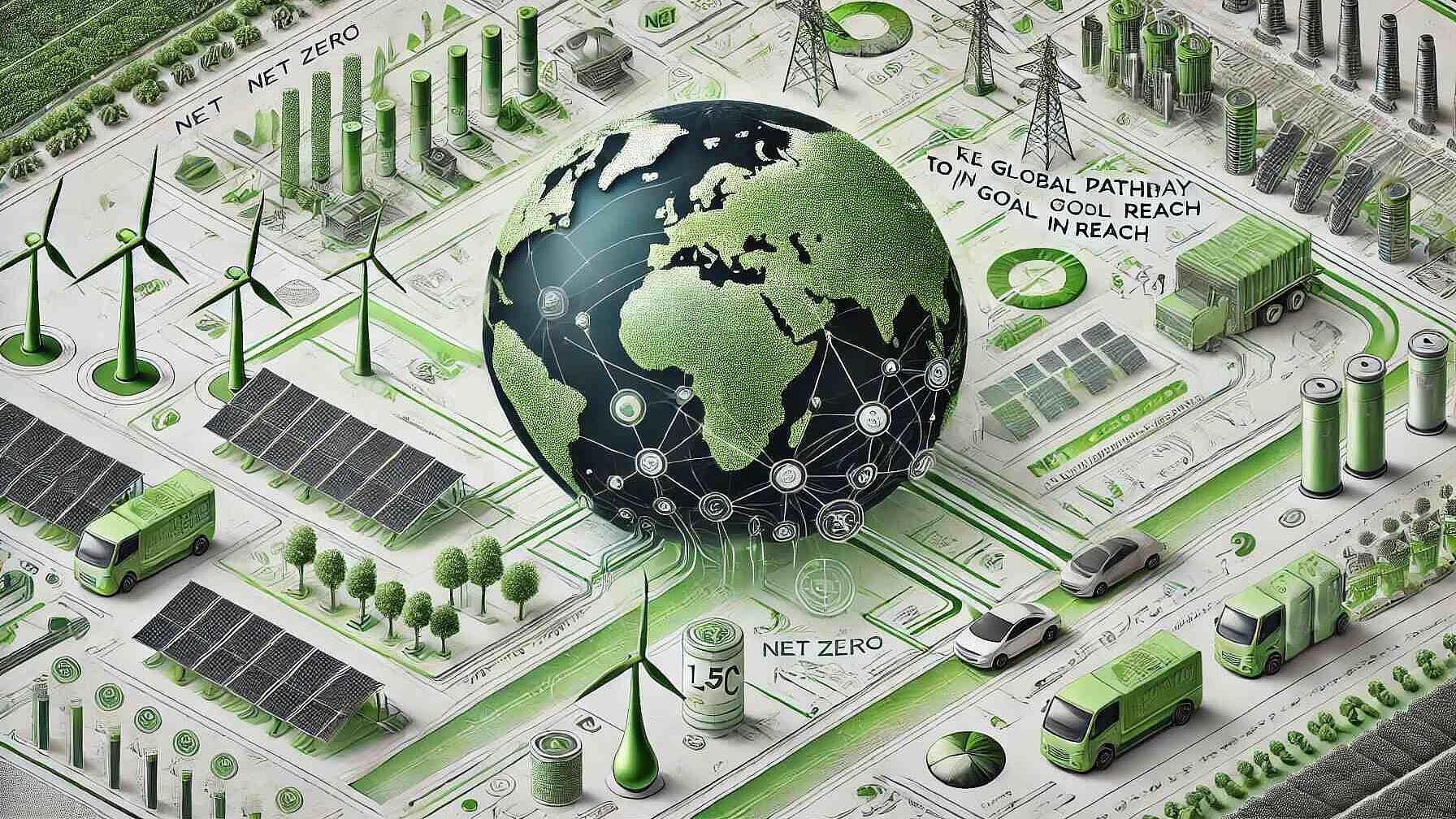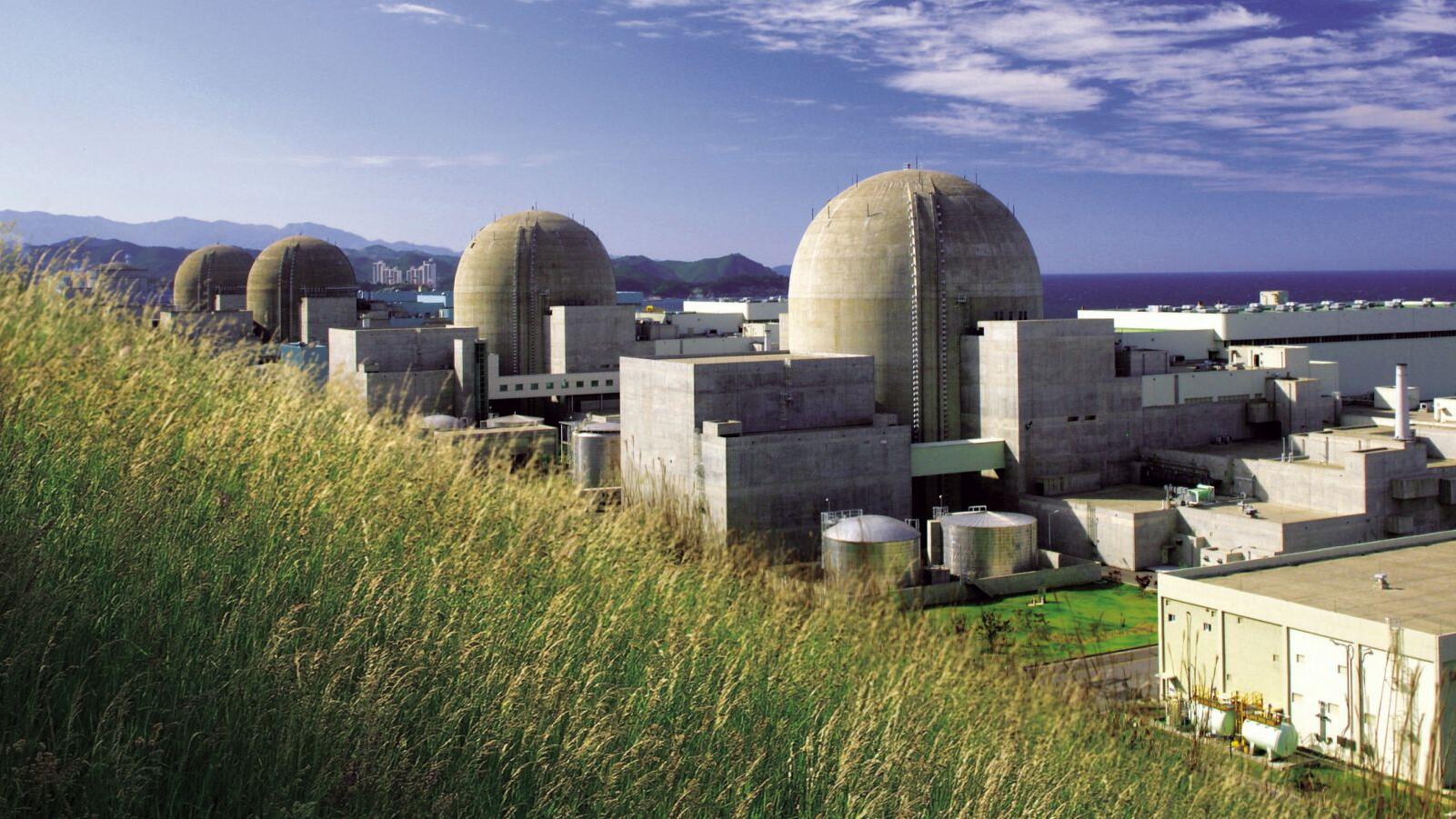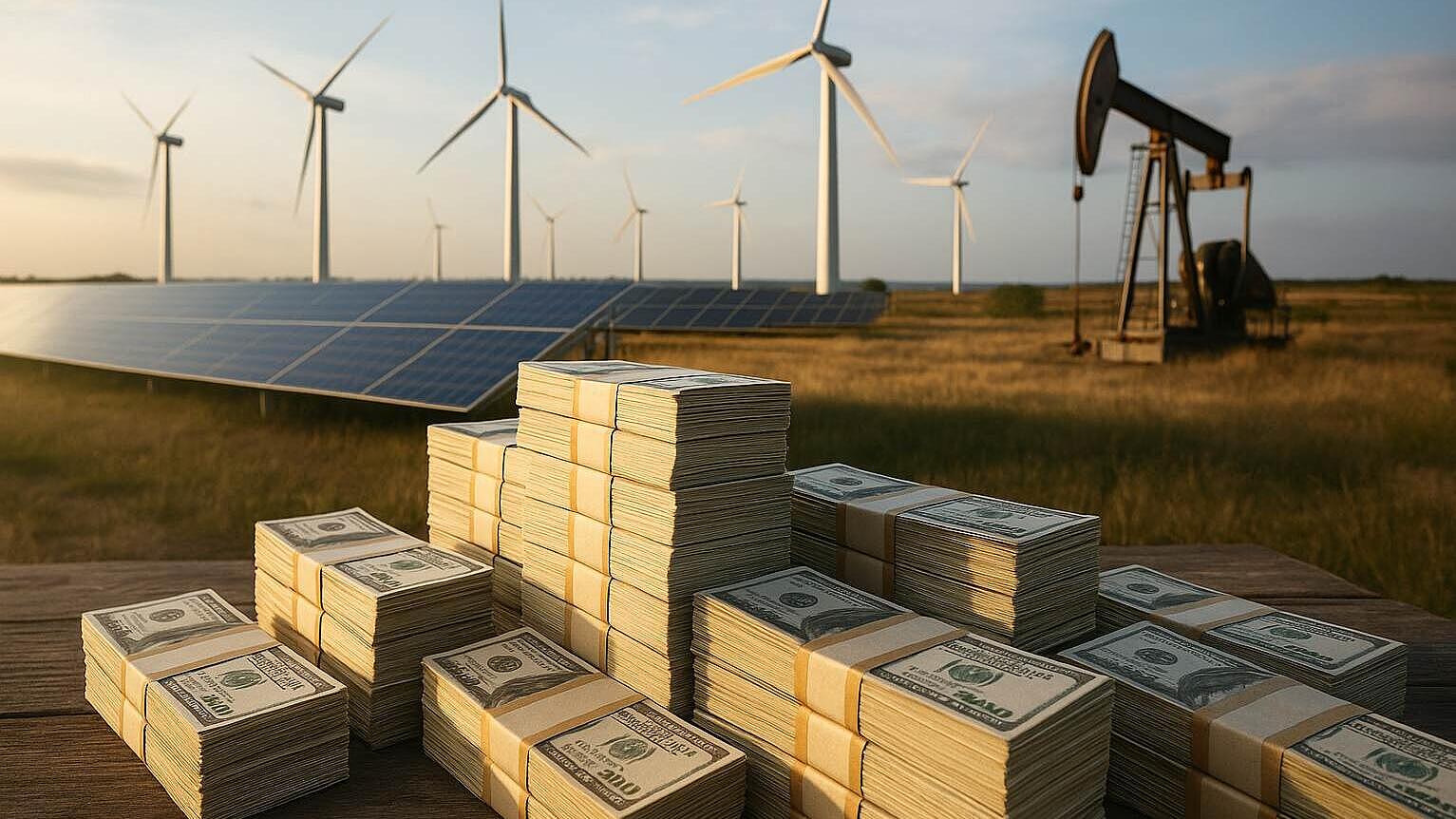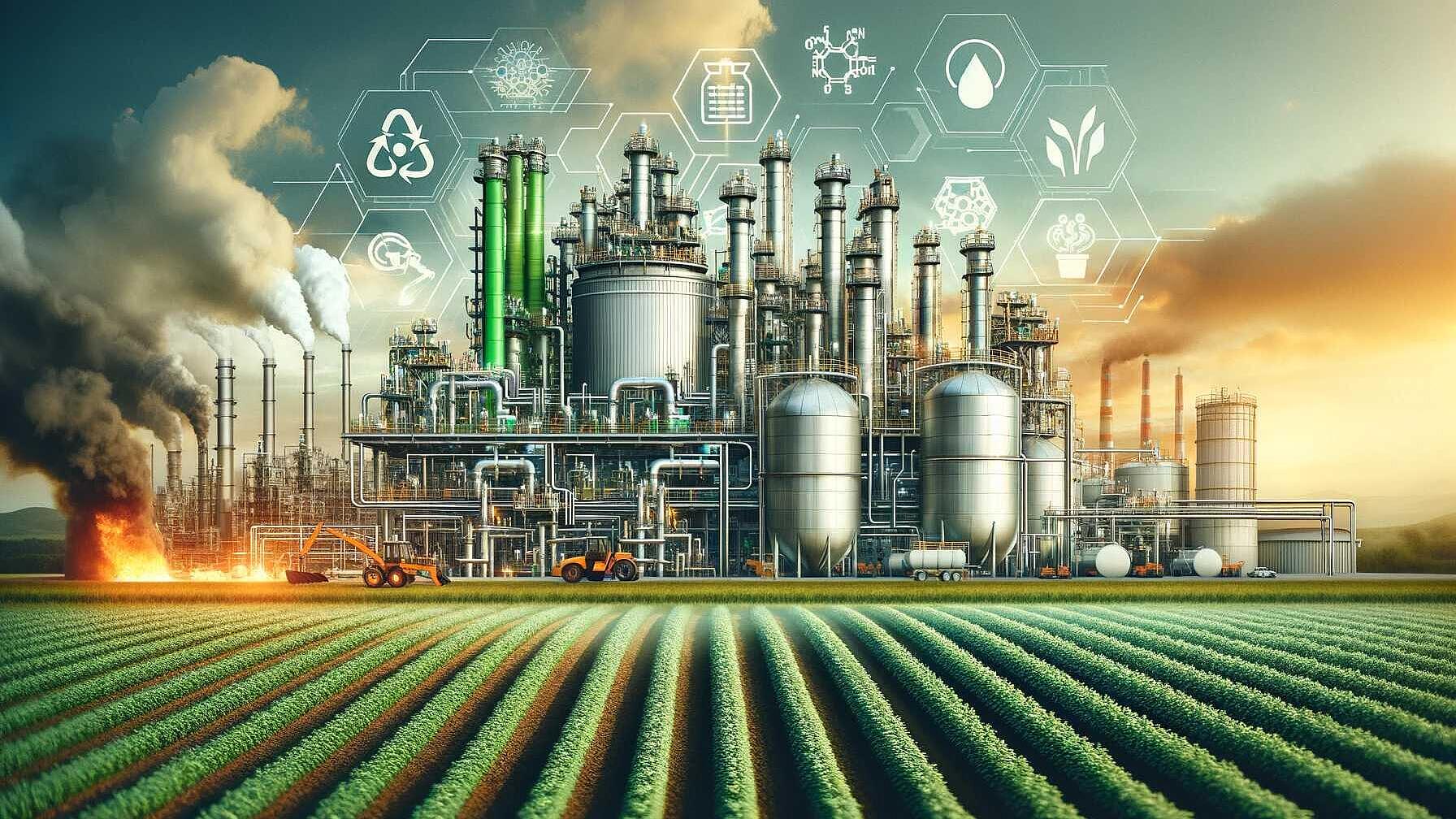 Search Result
Search ResultThe possibilities and limitations of Geothermal energy
You’d think that in today’s world, the average Joe doesn’t need much more convincing that renewables are the future of energy. It’s no secret that the fossil fuels we currently use to fuel our modern…
Read Full articleEU Sustainable Energy Week 2018
Lead The Clean Energy Transition By 2050, Europe’s energy sector should have made the switch from fossil fuel-based energy to renewables to be carbon neutral. This transition to clean energy is now moving at a significant speed, but still more needs…
DetailsEU plan to boost green energy
The EU plans a “massive” increase in solar and wind power, and a short-term boost for coal, to end its reliance on Russian oil and gas as fast as possible. In a plan outlined on Wednesday, the…
Read Full articlePre-commercial procurement for 100% renewable retrofits
The EU and the USA increased ambitions to reduce carbon emissions. A green recovery from the pandemic should address the buildings sector, since 90% of buildings will still exist in 2050 being…
Read Full articleAccelerating the Clean Energy Transition: An Updated Roadmap to Net Zero Emissions
The global energy landscape has undergone significant shifts since the International Energy Agency (IEA) published its landmark Net Zero by 2050 report in 2021. While energy-related CO2 emissions…
Read Full articleHow Energy Efficiency and Renewables will benefit from COVID-19
Since 1900 only three events had a greater impact on global energy demand than COVID-19: The Spanish flu, the Great Depression and World War II. So now COVID-19. Can we already predict the near and/or…
Read Full articleWill South Korea’s energy transition include nuclear?
Ulchin Nuclear Power Plant won’t be closing any time soon, although President Moon had hoped to reduce the share of nuclear in Korea (Photo by IAEA , edited, CC BY-SA 2.0 ) From Yi hyun kang, Energy…
Read Full articleHow Global Energy Investment Transformed from 2019 to 2025
In 2019, as delegates at energy summits debated the pace of the clean energy transition, a quiet tension underpinned global investment trends. The world invested over USD 1.8 trillion that year, but…
Read Full articleRevolutionizing Ammonia: The Quest for Sustainability and Efficiency in Fertilizer Production
Unveiling the Haber-Bosch Legacy The Haber-Bosch process, a century-old invention pivotal for global food production, is now a subject of scrutiny. Producing over 180 million tonnes of ammonia…
Read Full article